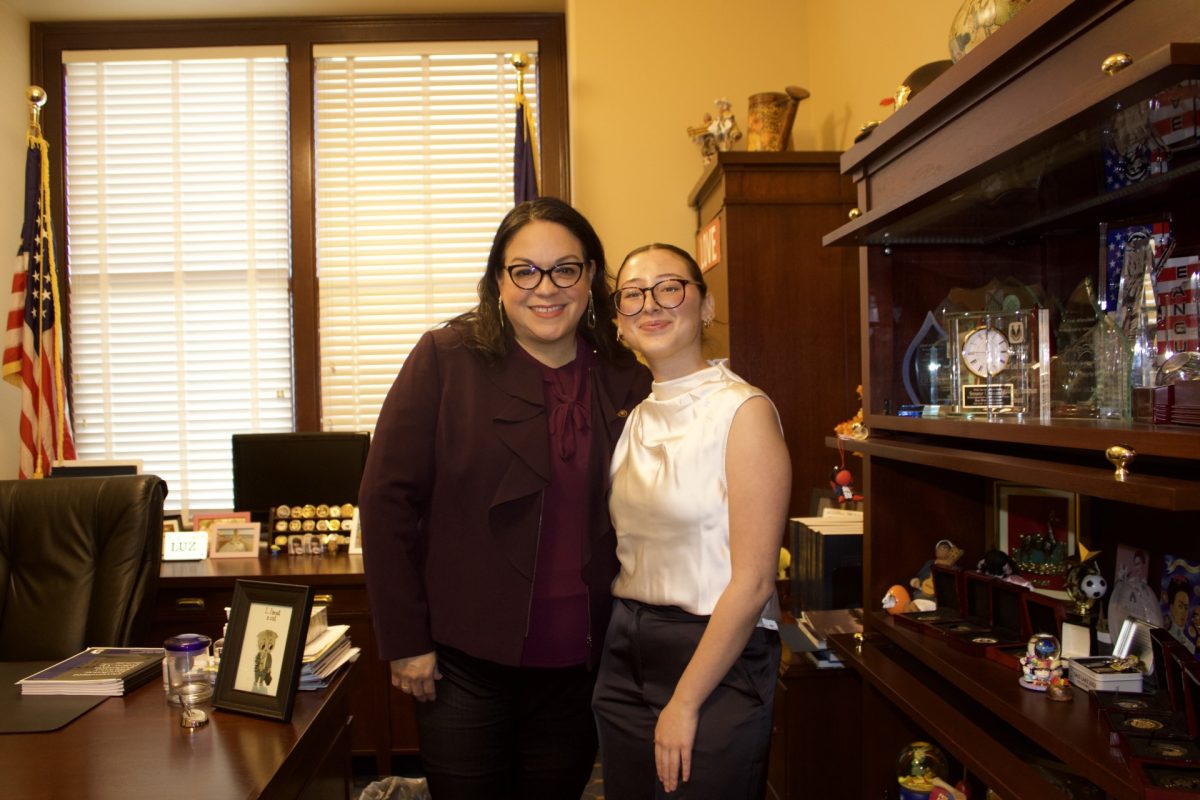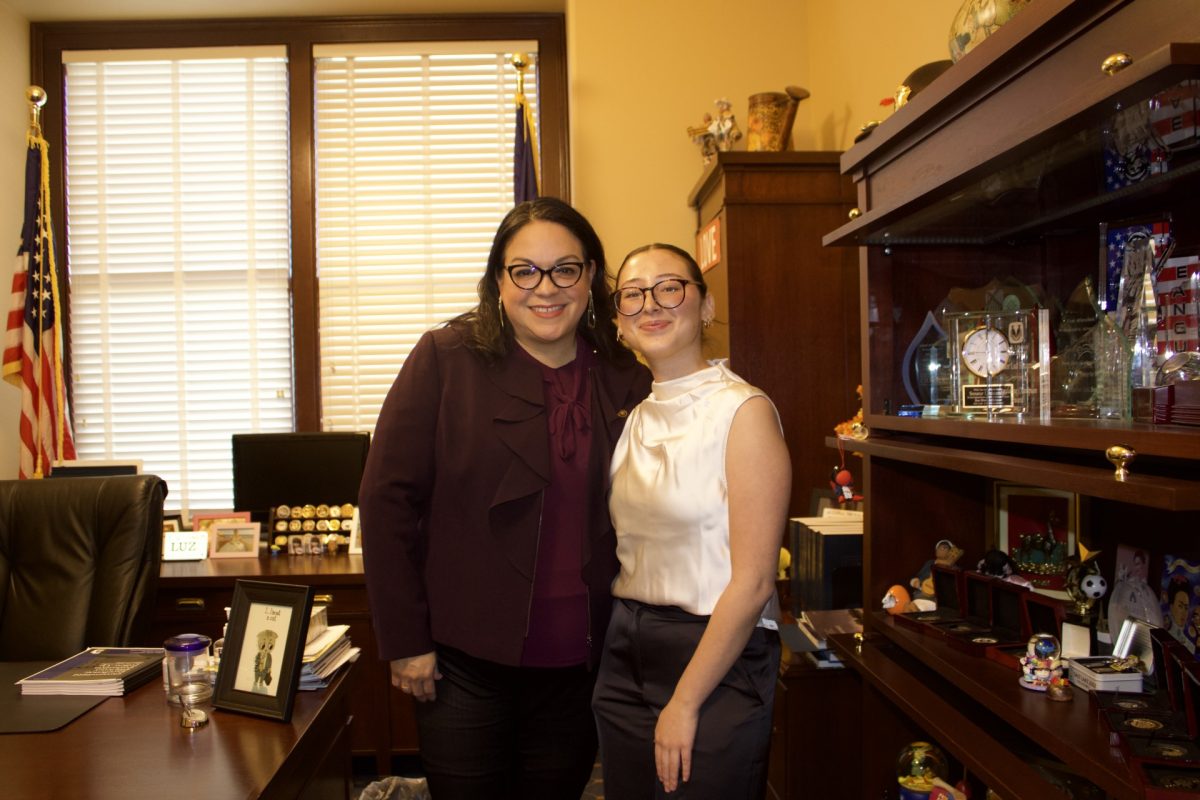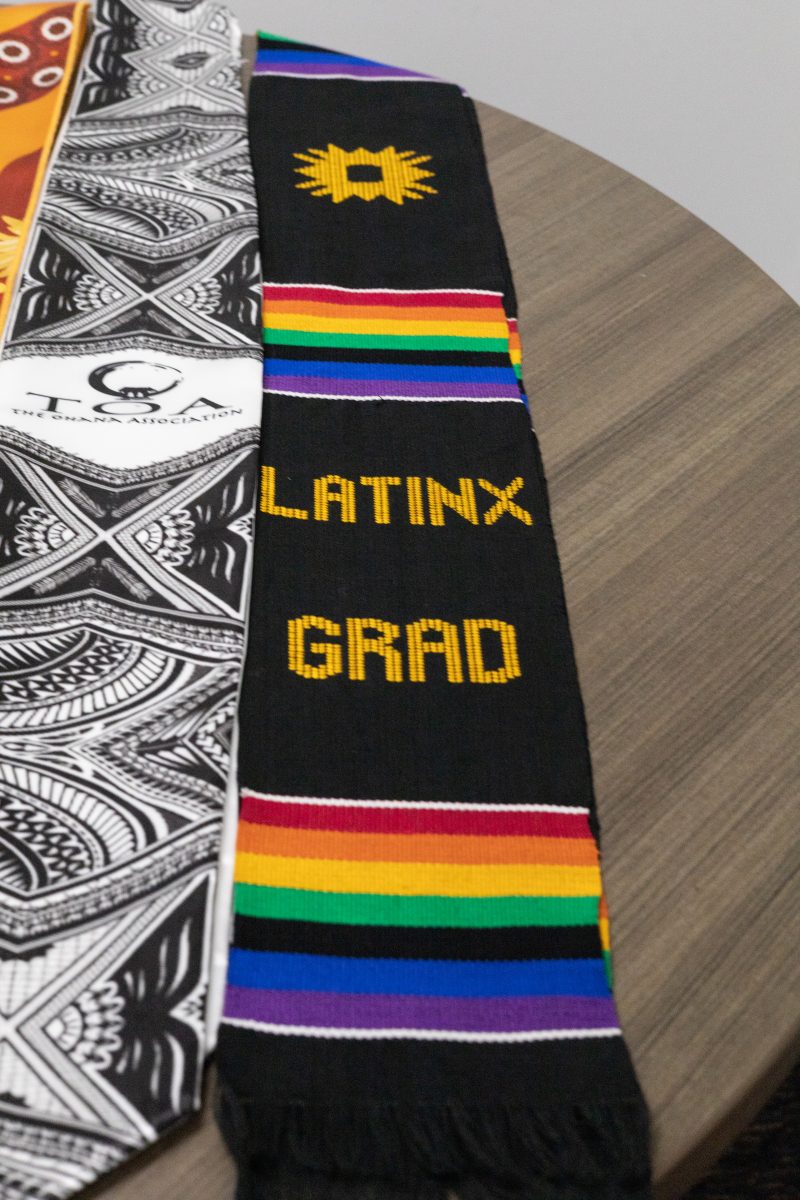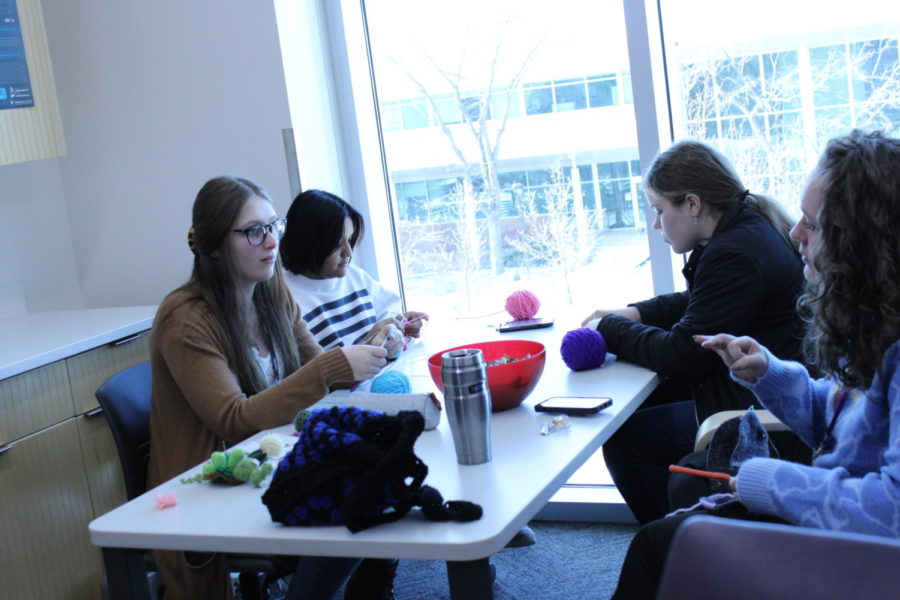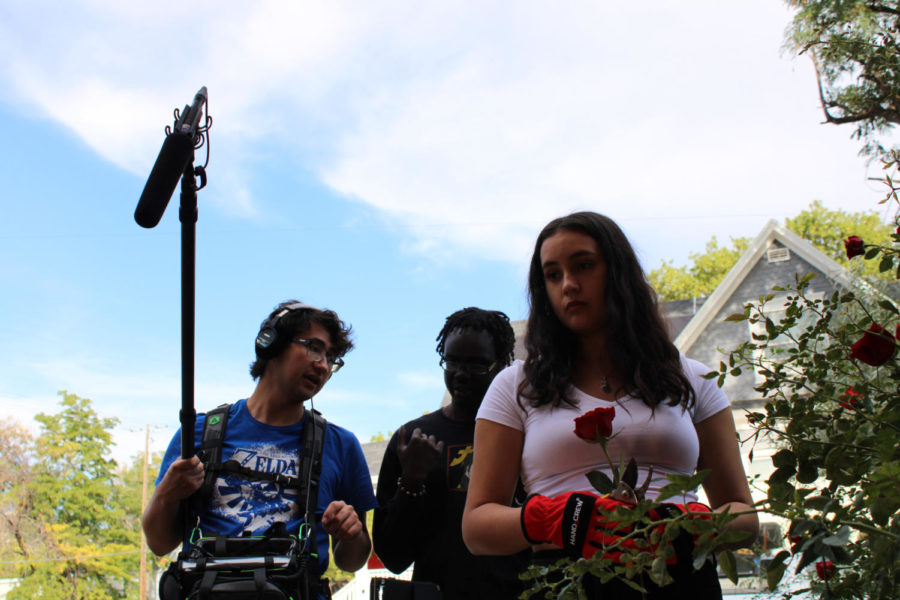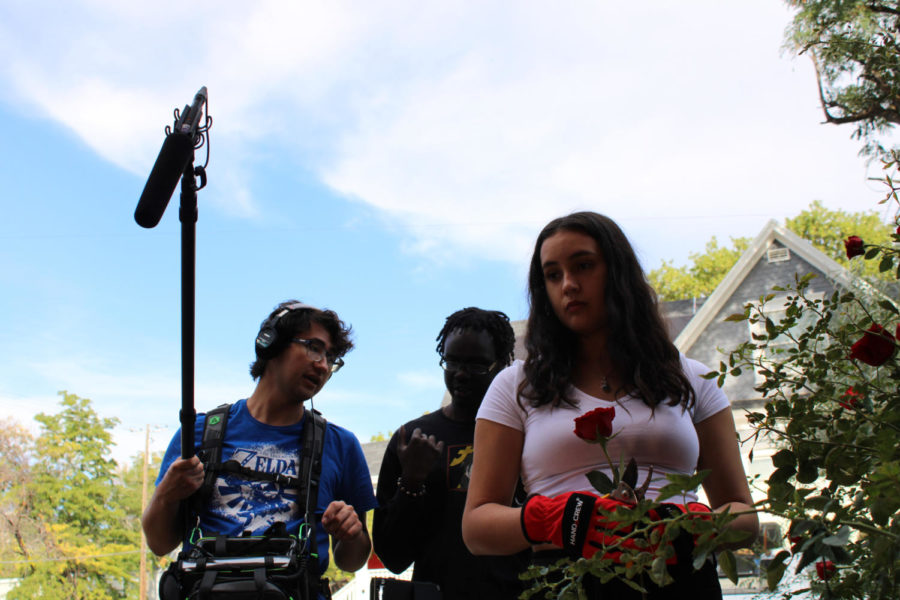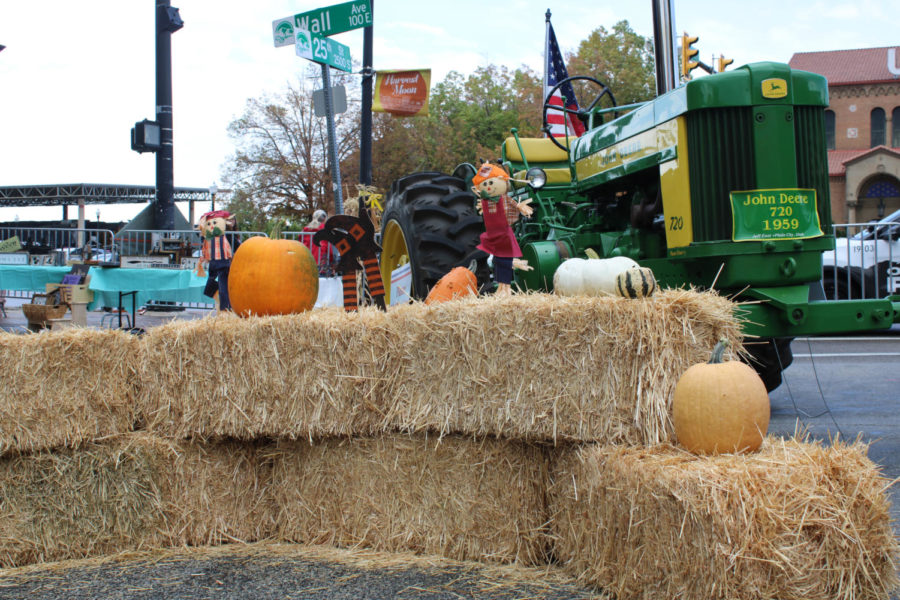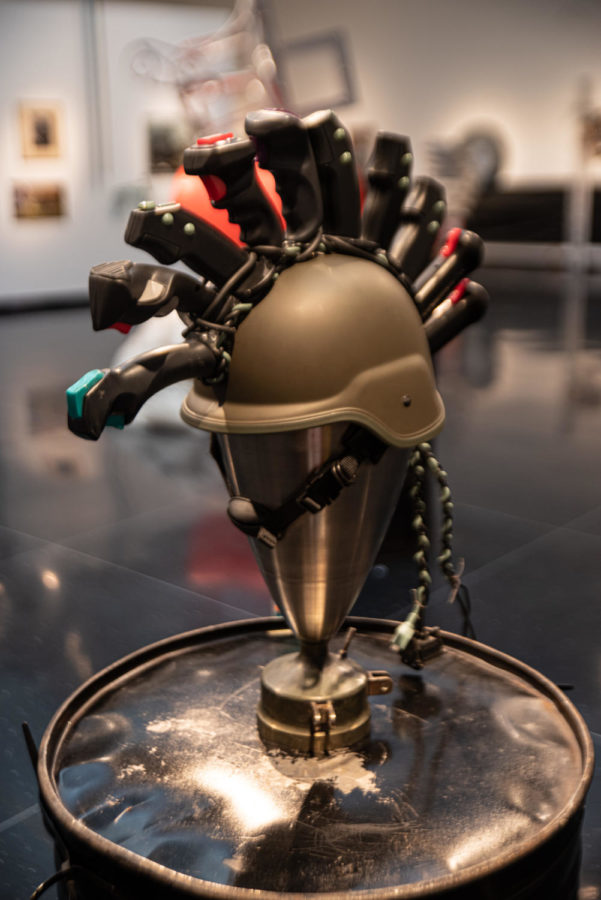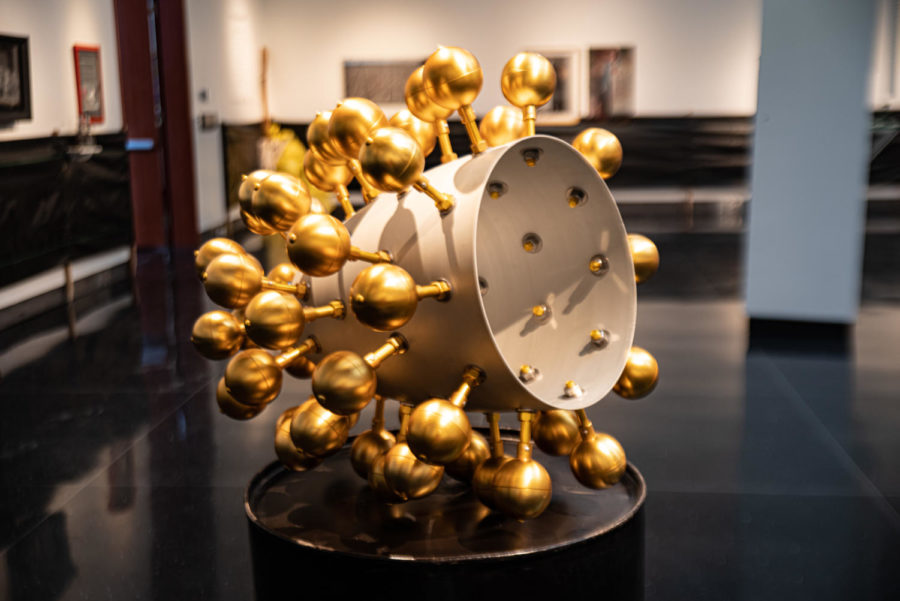
At Rozel Point in the Great Salt Lake, a heap of organic material coils out into the water, creating a massive piece of art permanently on display. Known as the Spiral Jetty, this piece was designed by artist Robert Smithson in 1970 as part of the land art movement.
Land art, as explained on TheArtStory.org, a website that analyzes art movements, “is largely an American movement that uses the natural landscape to create site-specific structures, art forms and sculptures. The movement was an outgrowth of Conceptualism and Minimalism. The beginnings of the environmental movement and the rampant commoditization of American art in the late 1960s influenced ideas and works that were, to varying degrees, divorced from the art market.”
TheArtStory.org also describes key concepts and elements of this movement, including the use of earth materials and the unprotected exposure of the structures, the use of materials available at the site of creation and the creation of art outside of traditional galleries and museums.
According to the Utah Museum of Fine Arts, the Spiral Jetty is approximately 1,500 feet long and15 feet feet wide. It sits directly in the northern section of the Great Salt Lake as a purposeful combination of black basalt rock, salt crystals, earth and water.
Smithson believed in using damaged sites to convey renewal and rebirth, TheArtStory.org reported. When additions to the Southern Pacific Railroad in 1959 prevented fresh water from entering the Great Salt Lake, the water became a “unique red-violet coloration because it produced a concentration of salt-tolerant bacteria and algae,” TheArtStory.org said.
It continued, “Smithson particularly liked the combination of colors because it evoked a ruined and polluted sci-fi landscape. … By inserting the Jetty into this damaged section … (he) called attention to environmental blight.”
Land art functions as a means of creative expression, as well as an opportunity to peacefully highlight environmental injustice. The works of art often focus on the preservation of nature and showcase beauties of the earth, which may have otherwise remained unnoticed.
Utah is also home to Nancy Holt’s Sun Tunnels, which were completed in 1976. Utah.com explains that the artwork is four tunnels made of 22-ton concrete pipes laid out in the formation of an X, “… each drilled with holes to pattern the constellations of Draco, Perseus, Columbia and Capricorn.”

Sitting in a valley deep within the Great Basin Desert of the Bonneville Salt Flats, the tunnels capture and reflect light, fulfilling Holt’s purpose of connecting the earth and sky.
While engineers, architects and artists collaborated for the sake of art in the creation of Holt’s Sun Tunnels, land art and the collaboration of science and art has morphed into the creation of renewable energy.
The Land Art Generator Initiative (LAGI) was developed “… to accelerate the transition to post-carbon economies by providing models of renewable energy infrastructure that add value to public space, inspire and educate — while providing equitable power to thousands of homes around the world,” according to the organization’s website.
The goal of LAGI is to create renewable energy that is also beautiful. The organization works with engineers, scientists, architects and artists to design and develop clean energy sources that also double as art for the public.






